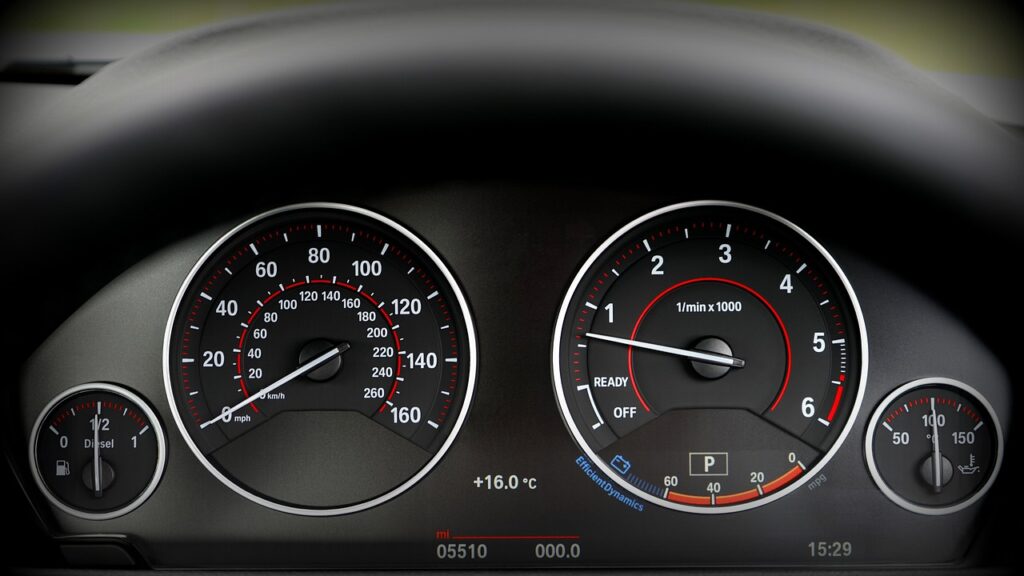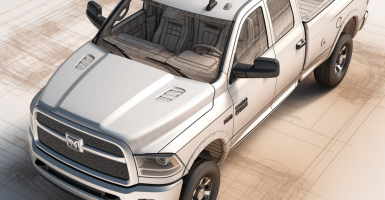The Weird Thing You Never Knew About Your Car’s Speedometer
Car speedometers are labeled up to 160 mph even though that is well above any posted speed limit, some lawmakers are trying to abolish this auto industry norm.
This article is more than 2 years old
Based on data from the National Highway Traffic Safety Administration (NHTSA) there were approximately 11,258 deaths pertaining to automobile speeding-related accidents back in 2020. The focus of these speed-related accidents is being shifted to the purpose of the speedometer of a vehicle and why it displays an industry norm of 160 mph when that is nearly twice the highest posted speed in the United States. How is it that our speedometers are reflective of speeds that are by far illegal and only capable of being reached by race-car drivers?
CNN Business dug into the history of why speedometers that stretch way beyond safe legal speeds have been an automobile industry norm even into the 21st century as speed-related traffic accidents continue to spike. Way back in the 1920s, automobiles could be purchased with universal speedometers that could go up to 120 mph and by the 1950’s the speedometers geared up to 150 mph with the introduction of the Thunderbird. The first 160 mph speedometer became popular on the Cunningham C-3 and set an industry standard for all future automobile speedometers.
These higher-than-necessary mile-per-hour speedometers may have a controversial history. However, they are drawing the attention of safety automobile experts as they focus on if they are causing the normalization of people traveling at dangerous speeds. As an administrator of NHTSA during the timeframe 1977 to 1981, Joan Claybrook told CNN Business that she was absolutely infuriated by the high-speed speedometers during her time in her role.
This led to NHTSA issuing a rule in 1979 that all automobile speedometers should not indicate any mph speeds over 85. Claybrook recalled, “The auto industry went berserk.” And yet, she wouldn’t budge.
The efforts of Claybrook did lead to speedometers being redone to support the ruling from 1979 to stay below 85 mph but it was not long-lived. Once Claybrook exited her role within the NHTSA and the Reagan administration took power, the speedometer limitation was abolished. Joe Young, the Insurance Institute for Highway Safety spokesman, told CNN Business he was not made aware of any research to support the correlation between speedometer design and travel speeds but did say it’s not out of the question that the two are tied to one another.

“It’s not a big leap to assume that drivers may feel more comfortable pushing their speed when there’s still plenty of speedometer to go,” Young said. He continued on to explain that the relationship between impact speeds and crash energy isn’t a linear force, so pushing the speedometer with higher mph speeds can have big consequences with very little effort. Unfortunately, some consumers view a vehicle with a speedometer with higher-reaching mile-per-hours as a more powerful vehicle, which can be a focal selling point for the purchase.
Following in the footsteps of Claybrook, automobile safety leaders have turned to more extreme tactics to address the safety concerns of higher speedometers and speed-related car accidents. NHTSA led a campaign this past week called “Speeding Wrecks Lives” and it was aimed at bringing awareness of the deadly implications of speeding to drivers in the age range from 18 to 44 years old, who are the most likely to push the limits with higher mph speedometers.








